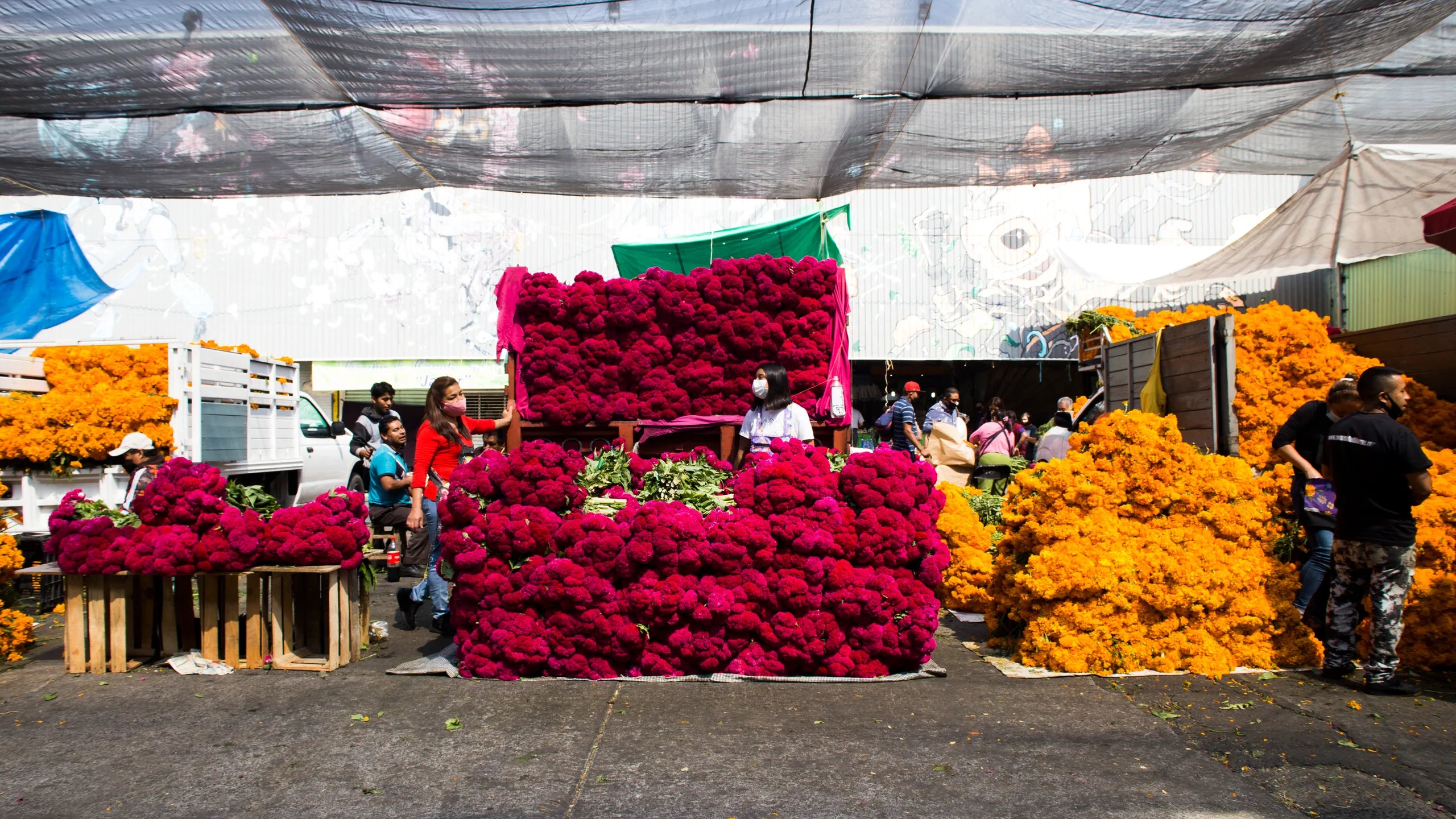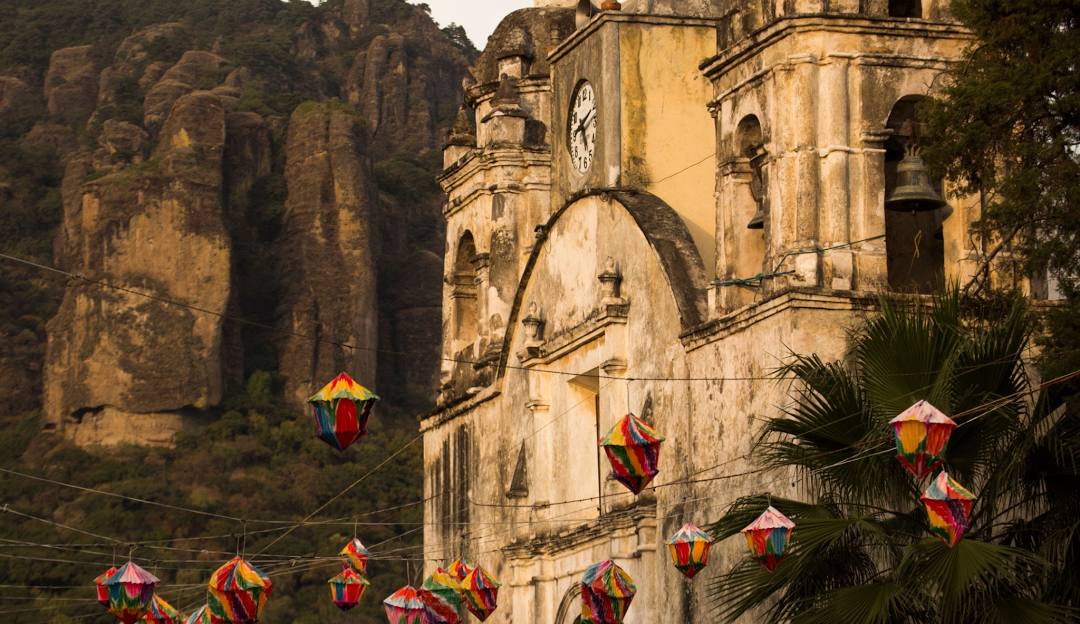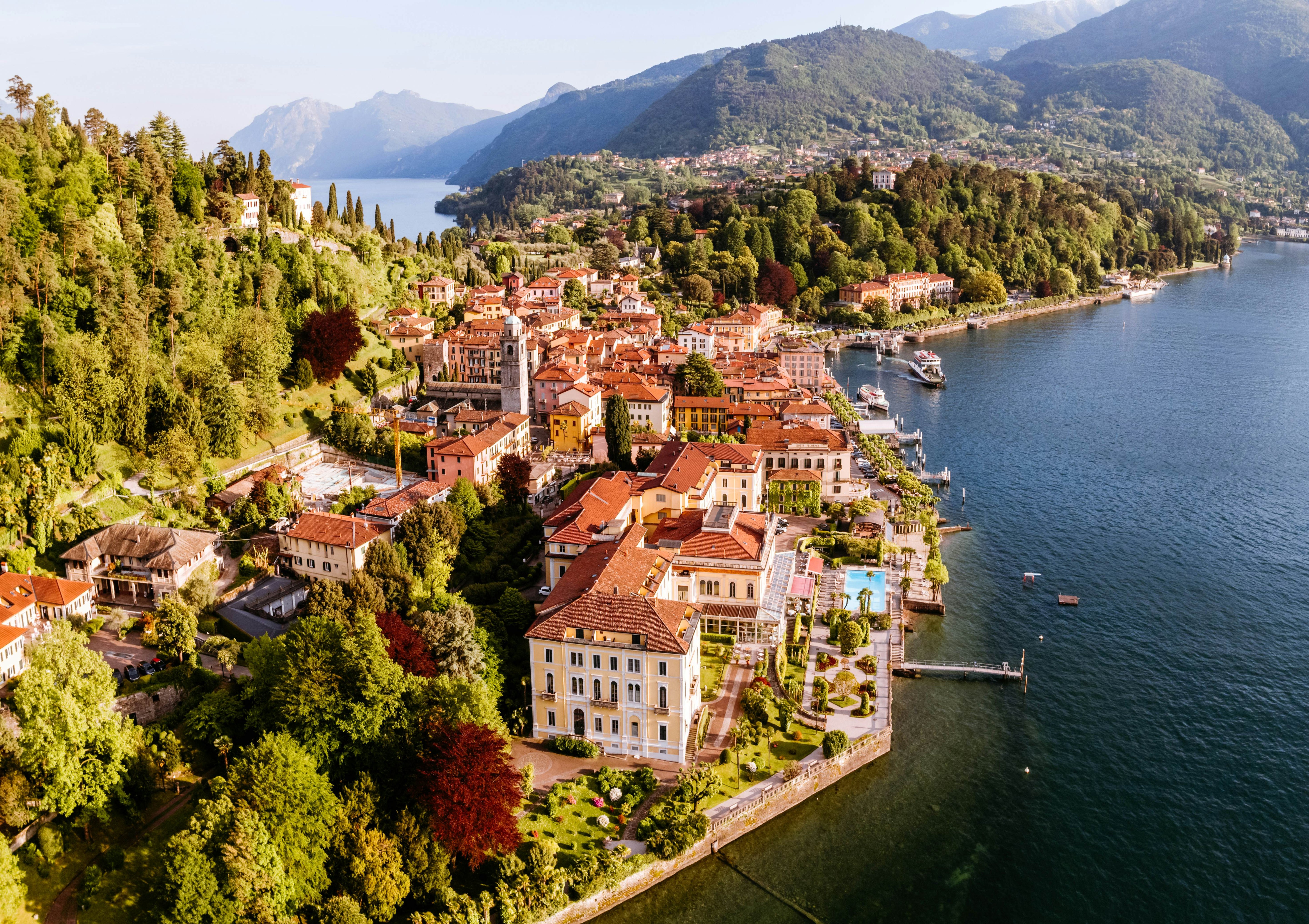
Markets as Living Heritage: Exploring Mexico’s Fruit Markets
Mexico’s mercados aren’t just places to shop. They are living museums—vibrant tapestries of history, language and foodways. Understanding them means understanding how communities endure and adapt through centuries of trade, migration and celebration.
1 · From Tianguis to Mercado: A Brief History
Long before the Spanish arrived, Mesoamerican societies held tianguis—open‑air markets where farmers, artisans and traders bartered maize, beans, textiles and obsidian. These markets rotated across villages, creating networks of exchange and social cohesion. During colonial times, the Spanish imposed fixed market squares near churches and government buildings, but indigenous traditions persisted. Over time, permanent roofed markets (mercados) and itinerant outdoor markets (tianguis) evolved side by side. Today, you’ll still find weekly tianguis popping up in neighbourhoods across Mexico City and Oaxaca, selling everything from produce to pirated DVDs.

2 · The Senses at Work
Step into Mercado de la Merced in Mexico City, and you’ll be hit by the smell of ripe guayabas and sizzling chicharrón. Vendors shout prices in a melodic code, mixing Spanish with indigenous words—jícama, epazote, xoconostle. Displays of papaya, mamey and pitaya sit alongside jars of honey and mole pastes, while stalls selling flowers, hand‑woven baskets and embroidered aprons complete the scene. Markets vary by region: in Oaxaca’s Mercado 20 de Noviembre, find smoky chocolate de agua and chapulines (roasted grasshoppers); in Mérida’s Lucas de Gálvez, taste the tangy citrus of limón real.
3 · Intangible Heritage and Community
Markets also safeguard intangible heritage—recipes, dialects, medicinal knowledge and patronal festivals. The UNESCO Convention for the Safeguarding of Intangible Cultural Heritage calls markets “spaces of exchange and cultural expression.” Elderly vendors pass down indigenous languages like Nahuatl and Mixtec while teaching younger generations how to prepare barbacoa or weave petate mats. During holidays, markets transform: for Día de Muertos, marigold pyramids and sugar skulls fill aisles; at Christmas, piñatas and punch ingredients take center stage.

4 · Travel Tips for Market Visits
- Go early: Arrive at 8 a.m. for the freshest produce and to avoid crowds.
- Bring cash and small bills: Most vendors don’t accept cards and will appreciate exact change.
- Ask for samples: Vendors love to explain their products—try a slice of mango or a spoonful of mole.
- Respect the local rhythm: Don’t photograph vendors without permission; engage with them, ask questions and learn their stories.
- Separate items: Markets often have sections (produce, meat, cheese, crafts); wander each area to get the full experience.
5 · Why It Matters
Beyond groceries, markets are community hubs that link farmers to city dwellers and preserve heirloom crops. They provide informal social safety nets, especially for women and rural migrants who rely on market stalls for income. Supporting markets helps maintain these networks and ensures biodiversity—think of all the bean varieties, chilies and herbs you’ll never see in supermarkets.
🌿 Espíritu’s Take
At ESPÍRITU, we see markets as microcosms of Mexican resilience and creativity. Our hand‑woven huaraches are built for these spaces—flexible, breathable and rooted in the same traditions that keep mercados alive. Slip into a pair the next time you wander a market aisle. You’ll feel every step, every story, every greeting with a vendor. Explore here.





